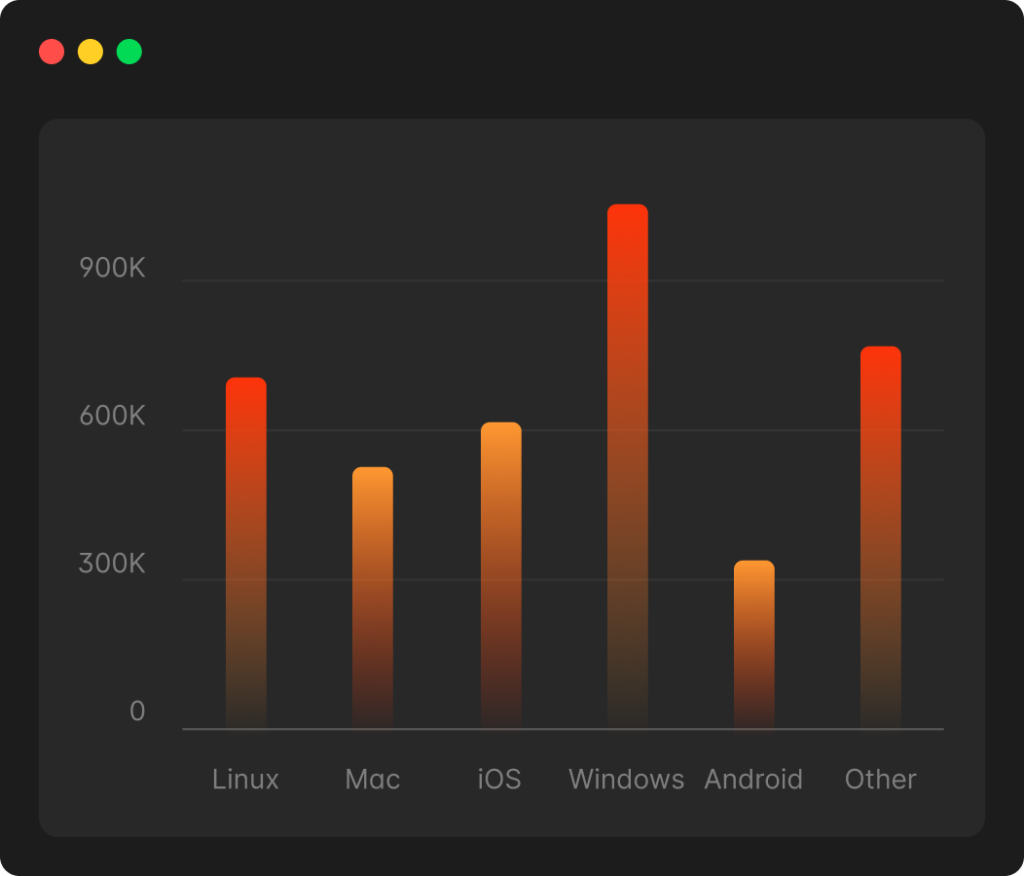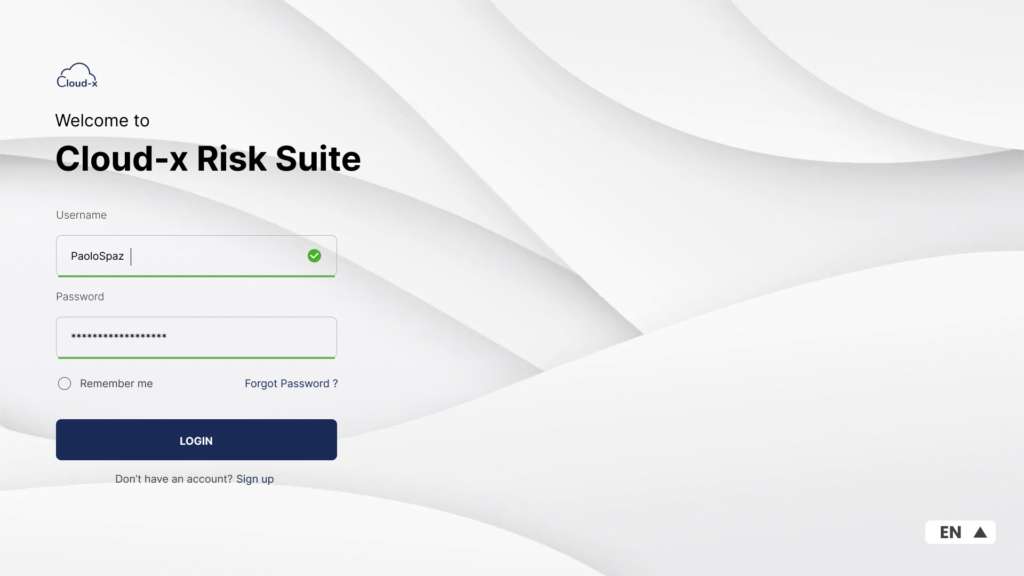Preventive Controls Solutions
- Home
- Preventive Controls Solutions


What are Preventive Controls?
Our Preventive Controls Solutions
Policy and Procedure Development
Develop and implement comprehensive policies, procedures, and guidelines to govern key business processes and activities. Ensure that preventive controls are integrated into these policies to minimize the risk of errors and compliance violations.
Training and Awareness Programs
Provide training and awareness programs to educate employees about preventive controls, best practices, and compliance requirements. Empower staff to recognize and address potential risks proactively in their daily activities.
Access Controls
Implement access control mechanisms, such as user authentication, authorization, and segregation of duties (SoD), to restrict access to sensitive data and systems. Prevent unauthorized individuals from tampering with critical assets and information.
Change Management Processes
Establish robust change management processes to review, approve, and implement changes to systems, software, and configurations. Ensure that changes are thoroughly tested and validated to prevent unintended consequences and disruptions.
Physical Security Measures
Implement physical security measures, such as surveillance cameras, access control systems, and security guards, to protect facilities, assets, and personnel from unauthorized access, theft, vandalism, and other security threats.
Key Benefits of Our Preventive Controls Solutions
Risk Mitigation
Proactively identify and mitigate potential risks before they escalate into significant issues or disruptions, minimizing the likelihood and impact of negative outcomes.
Compliance Assurance
Ensure compliance with regulatory requirements, industry standards, and internal policies by implementing preventive controls aligned with applicable laws and regulations.
Operational Resilience
Enhance operational resilience by implementing preventive controls that reduce the risk of errors, fraud, security breaches, and other adverse events that could impact business continuity.

Why Choose Our Preventive Controls Solutions?
- Expertise and Experience: Our team of preventive controls experts has extensive experience in helping organizations implement and optimize preventive controls tailored to their unique needs and objectives.
- Customizable Solutions: Our Preventive Controls solutions are highly customizable to accommodate organizations of all sizes and industries, ensuring that they align with your specific risk profile, compliance requirements, and operational priorities.
- Continuous Improvement: We offer continuous monitoring, assessment, and optimization services to ensure that your preventive controls remain effective and up-to-date, helping you stay ahead of emerging risks and compliance requirements.

